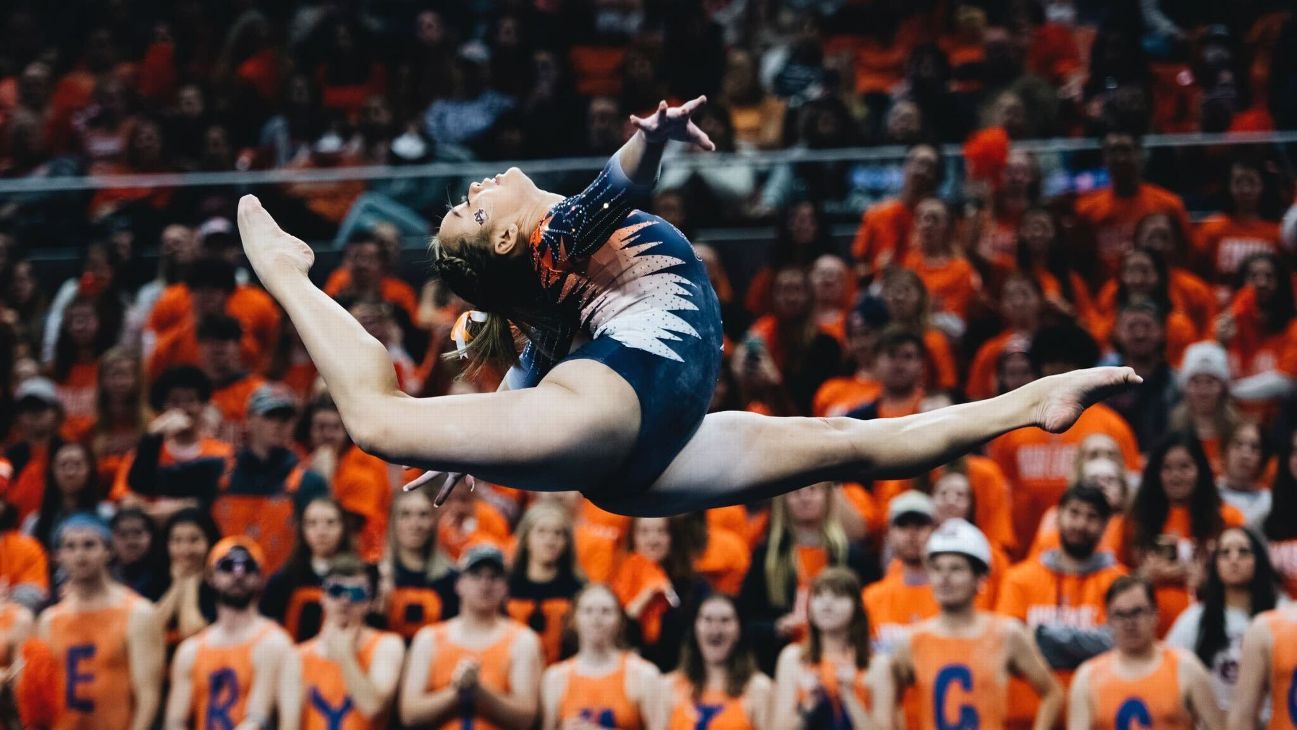Long article:

 www.espn.com
www.espn.com

From Suni Lee to Olivia Dunne, gymnasts have more options than ever
From Olympic gold medalist Suni Lee to LSU star Olivia Dunne, gymnasts today have options previous generations never dreamed of.
Last edited by a moderator: